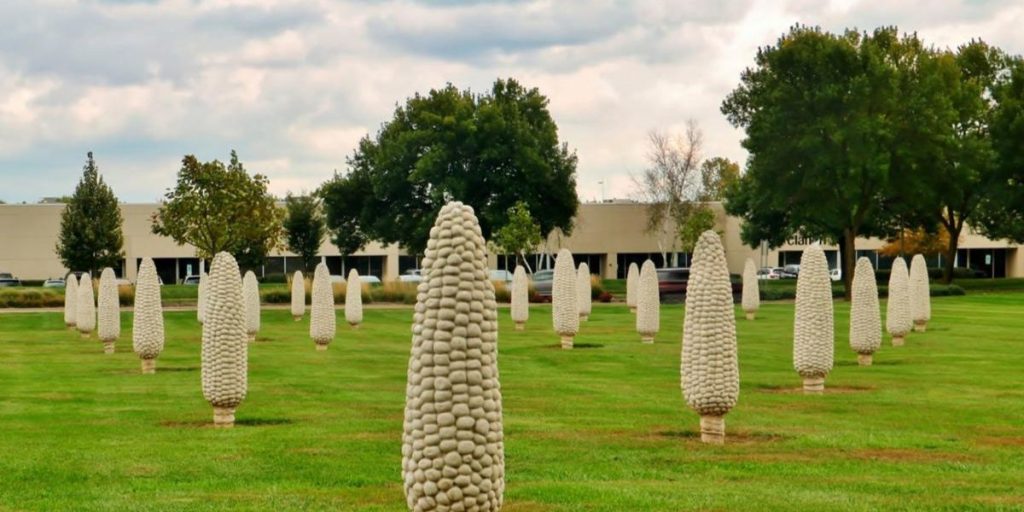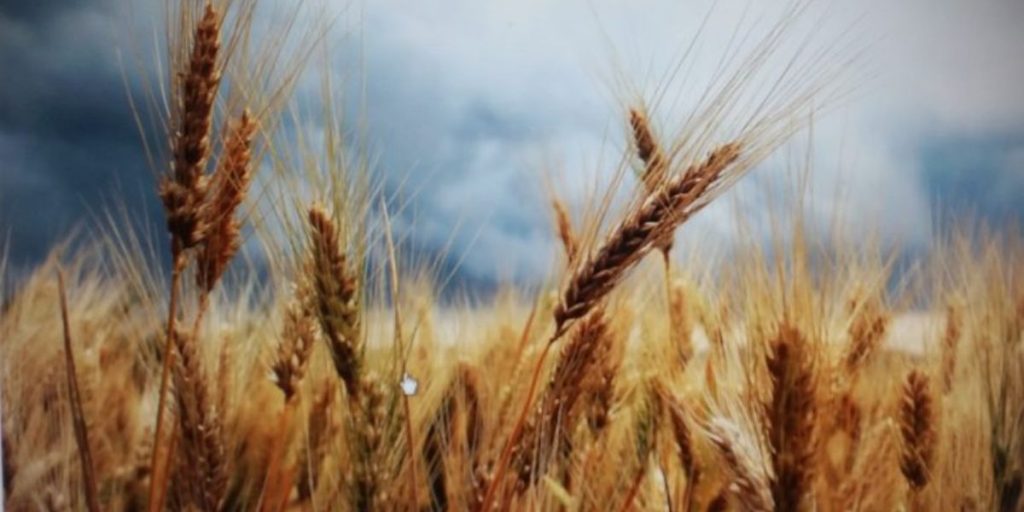Agriculture is Ohio’s leading industry. Farmland accounts for over half of the state’s total land. In fact, the state has over 80,000 farms, the majority of which are family-run. The till plains region encompasses the entire west side of the state and includes the region’s most fertile soil, ideal for cultivating a range of crops.
Native Americans had been producing crops on Ohio territory since prehistoric times, long before European settlers arrived. By the early nineteenth century, Ohio was one of the nation’s main crop producers.
To this day, the state remains a leader in agriculture. In reality, the state is the leading producer of various products in the country. So let’s learn about Ohio’s top five most valued crops, including their production, yield, and value.
Soybeans
Ohio farmers grow and harvest more soybeans than any other crop in the state. The majority of the state’s yields come from three counties: Fayette, Mercer, and Allen. From April to June, farmers sow soybeans, which are harvested in October. Soybeans are utilized in a range of animal and human food products, including animal feed, protein bars, meat alternatives, oil, and soy milk.
In 2022, farmers planted 5.1 million acres of soybeans and harvested 5.08 million, yielding 55.5 bushels per acre. The overall value of soybean production in Ohio in 2022 was little more than $4 billion.
Corn

Corn and soybean yields are higher in the western part of the state. Corn was the primary crop in Greene, Auglaize, and Clinton counties. While soybeans are Ohio’s leading crop, maize is a close second. Corn is grown in most states, but the Heartland region, which stretches from Ohio to the Great Plains, is the center of corn production.
People in the United States utilize maize for a variety of purposes, including livestock feed and fuel ethanol, as well as sweets and starch. In 2022, farmers harvested 3.18 million acres of corn, averaging 187 bushels per acre. In 2022, Ohio’s corn production totaled $3.8 billion.
Hay
While drought is now impacting Ohio hay production, this crop remains one of the state’s most profitable. Hay grows throughout the state, but Ohio’s inventory has progressively decreased in recent years.
Despite this, hay remains one of Ohio’s top crops. Farmers harvested 880,000 acres in 2022, averaging 2.93 tons per acre. In 2022, Ohio’s hay production was $418 million.
Wheat
Ohio may not be the nation’s top wheat grower, but grain remains a major agricultural product in the state. In reality, wheat production in the state has increased marginally over the previous year. Winter wheat is the most profitable in Ohio since spring wheat yields are much lower.

Winter wheat is a versatile wheat that is commonly used to make bread, buns, and noodles. Soft red winter wheat thrives in the Mississippi River basin. Northwest Ohio has the most acreage. Farmers planted 510,000 acres and harvested 465,000 acres in 2022, averaging 79 bushels per acre. In 2022, Ohio’s wheat production totaled $292 million.
Pumpkins
Ohio ranks third in the US for pumpkin production, accounting for a considerable share of the total harvest. During the fall, pumpkin harvests can be found around the state, with many produced by local family farms and sold at farmer’s markets and pumpkin patches.
While pumpkins can be eaten, they are most commonly linked with fall decorations and Halloween Jack-O-lanterns. In 2022, farmers planted 4,000 acres of pumpkins and harvested 3,800 acres, producing 175 CWT per acre. In 2022, Ohio’s pumpkin production was $14.7 million.
Conclusion
Ohio’s agricultural landscape thrives as a powerhouse, with soybeans leading the crop production, closely followed by corn, hay, wheat, and pumpkins. Despite challenges like drought impacting hay production, the state continues to excel in various crops, contributing significantly to the nation’s agricultural output and showcasing the resilience of Ohio’s farming community.